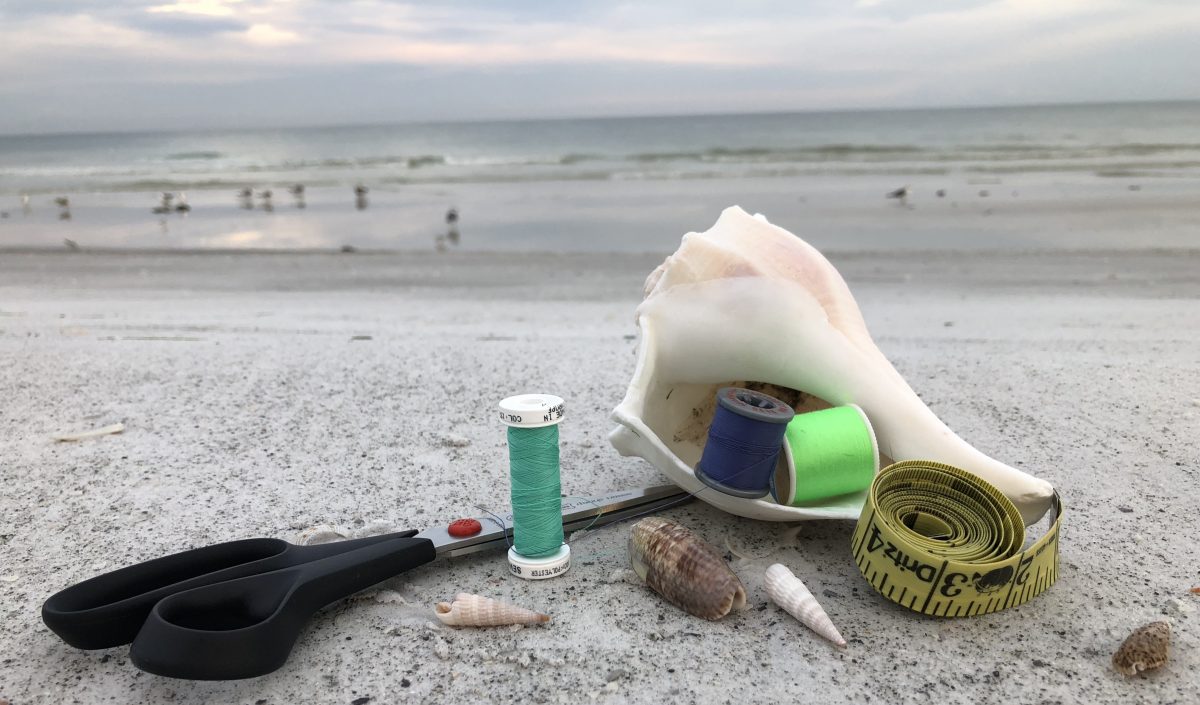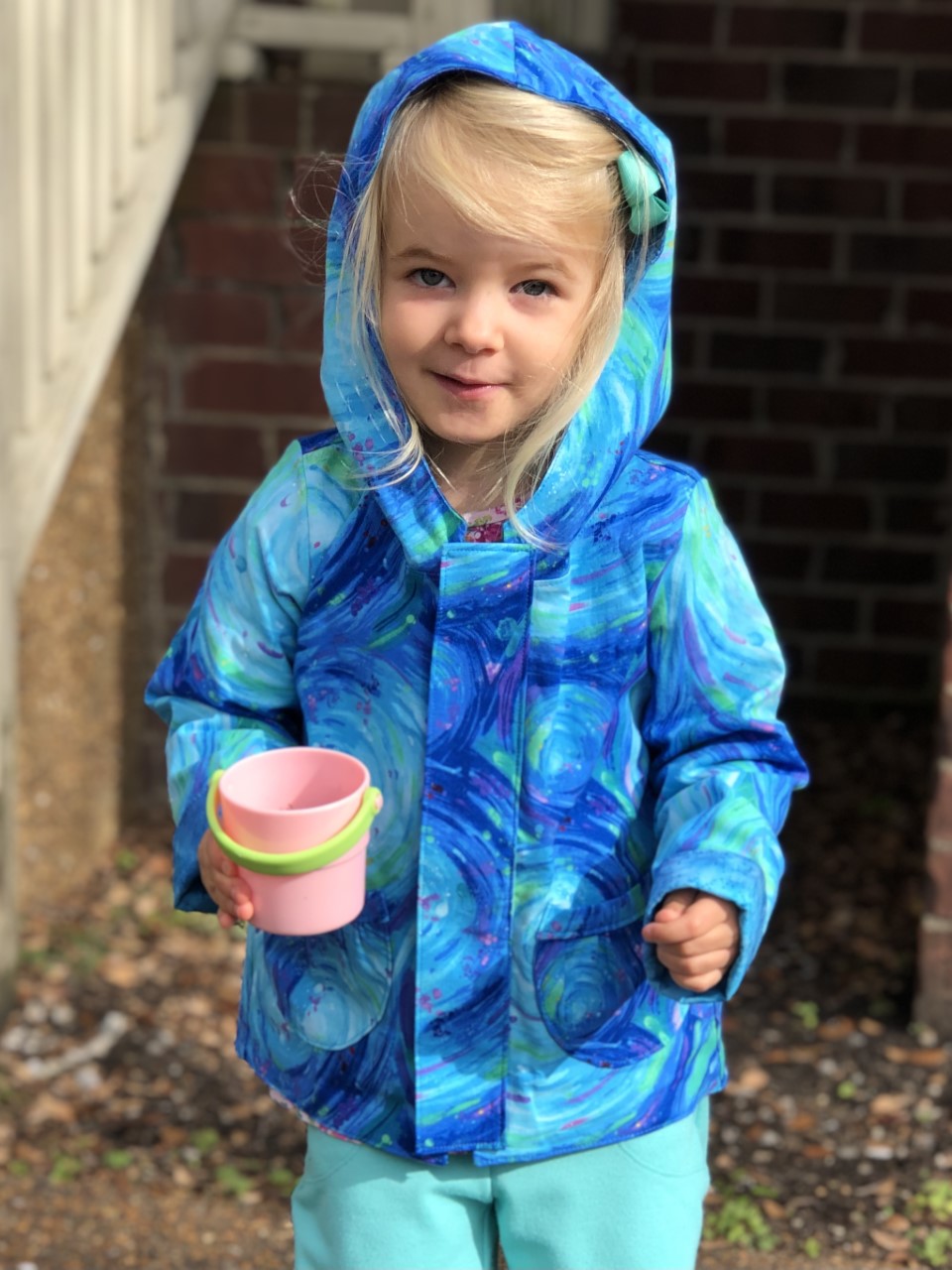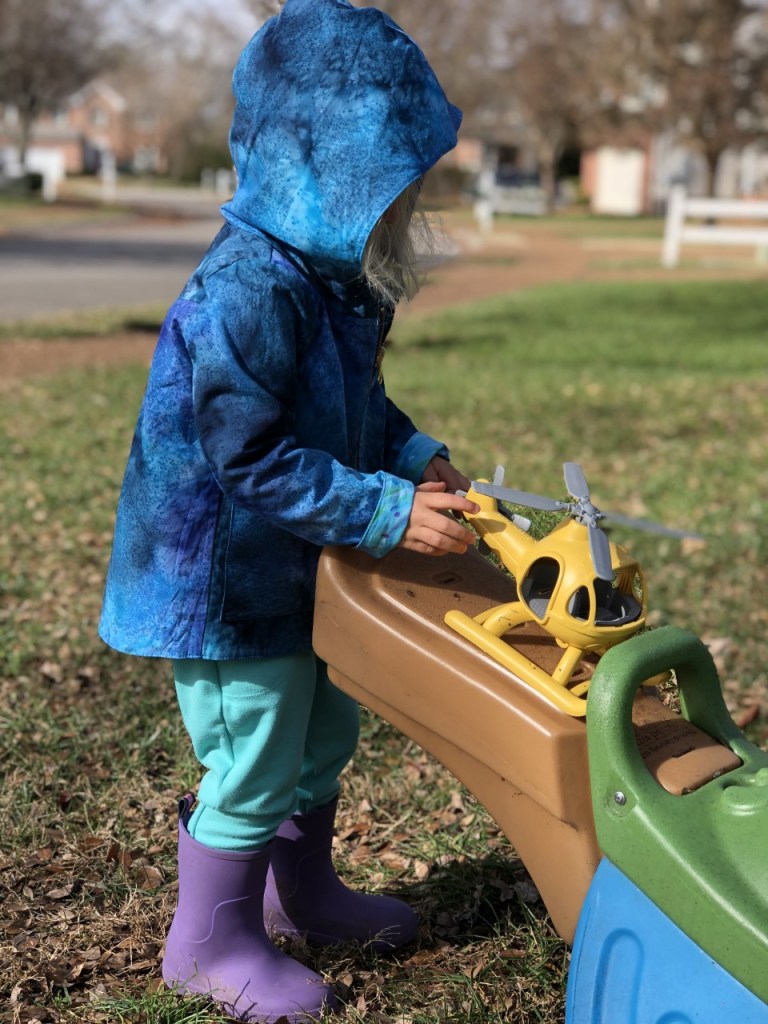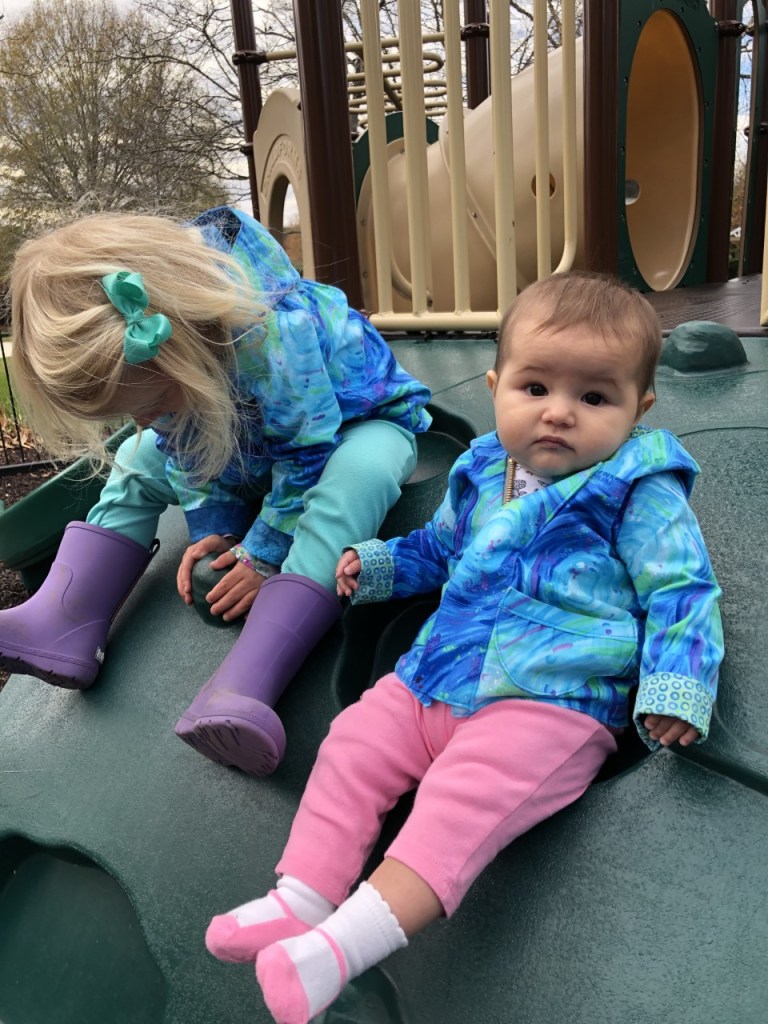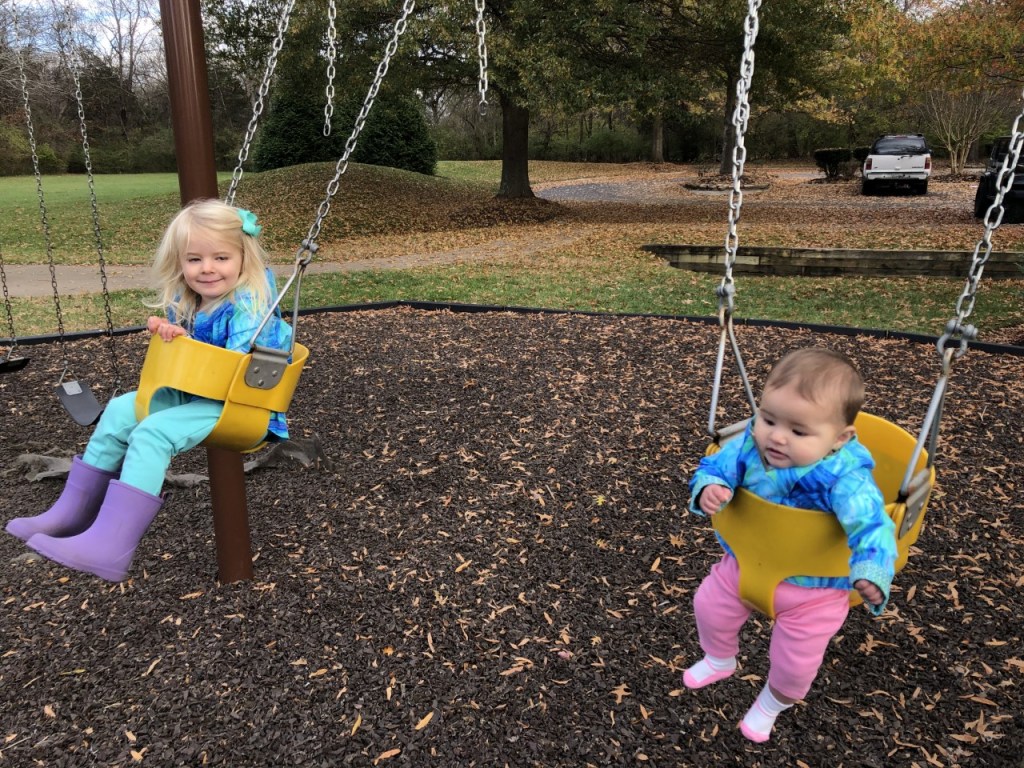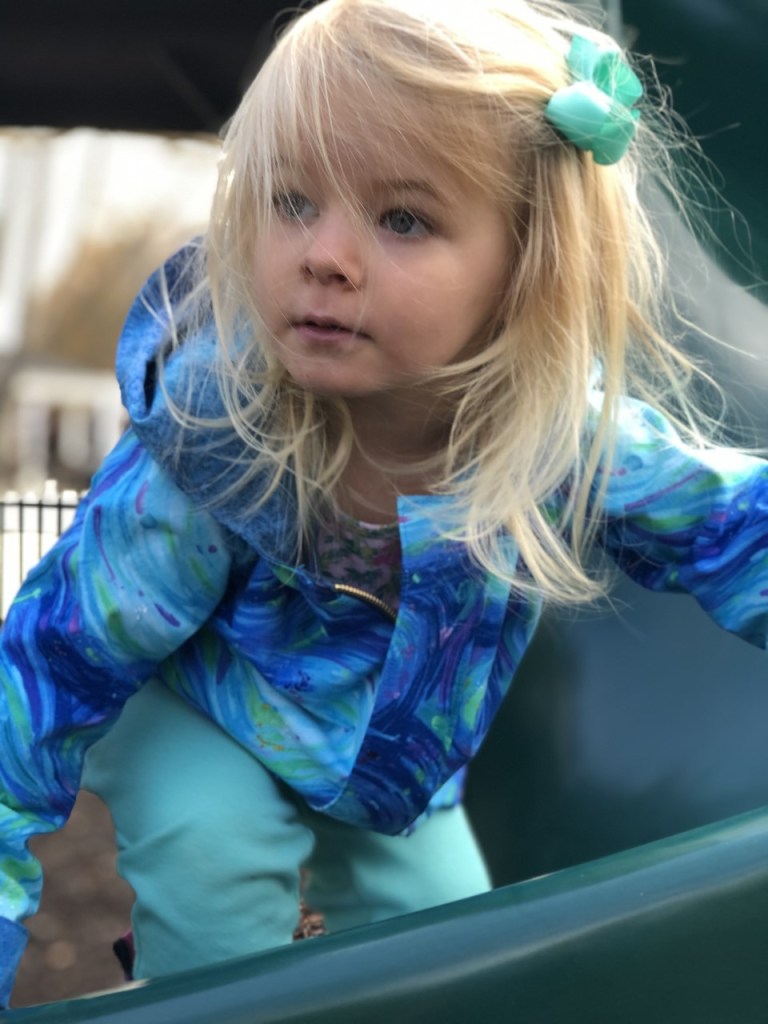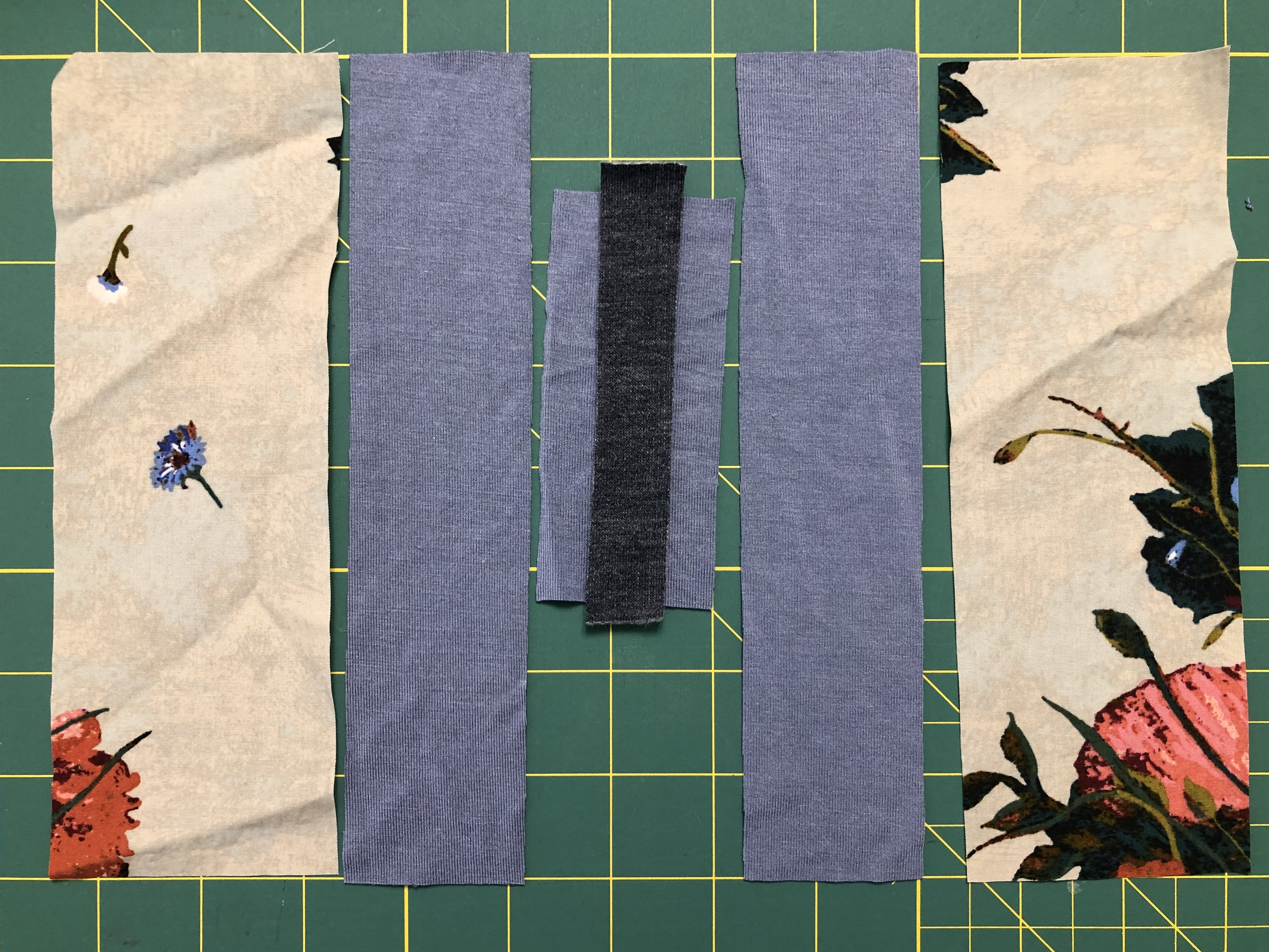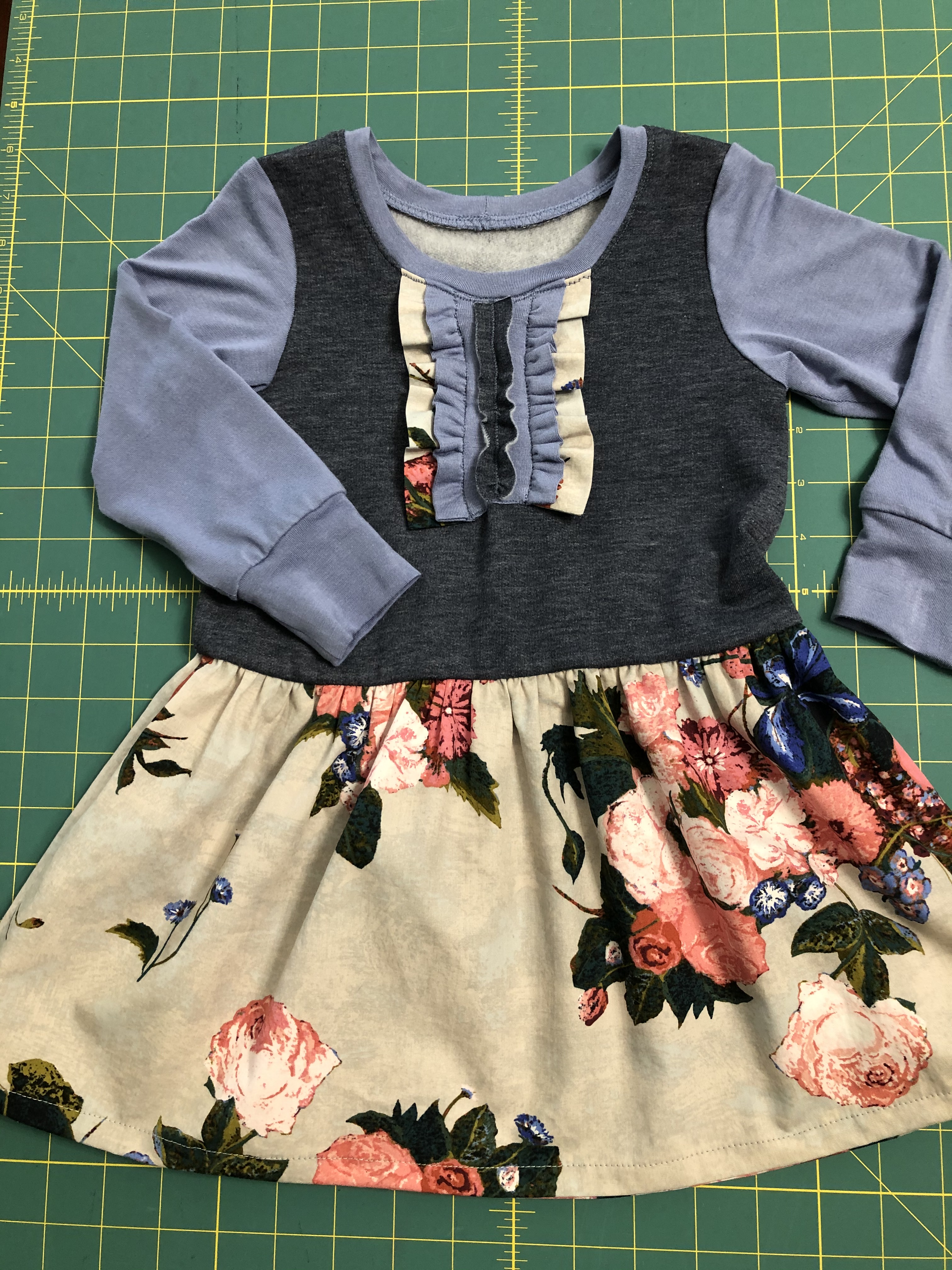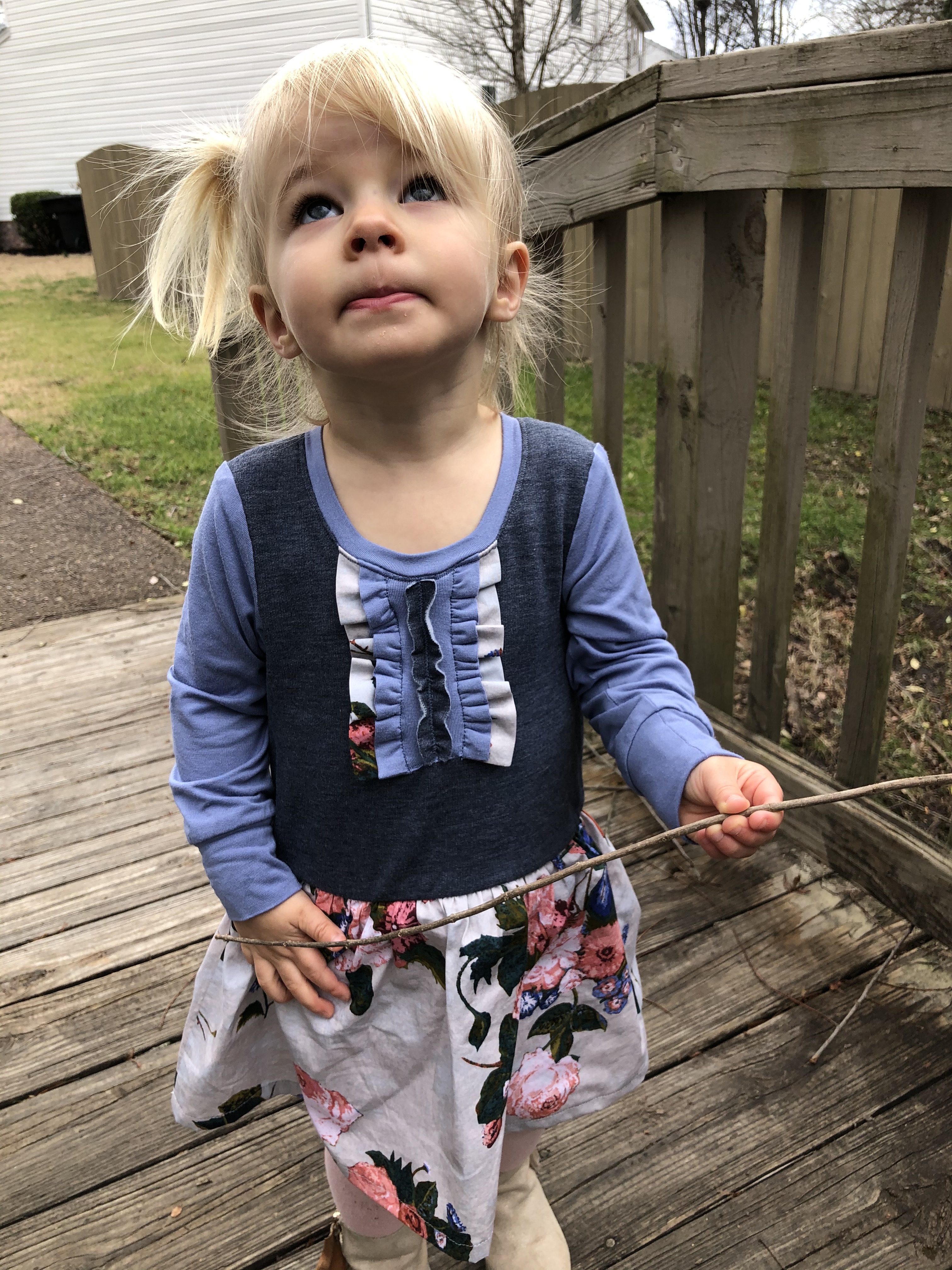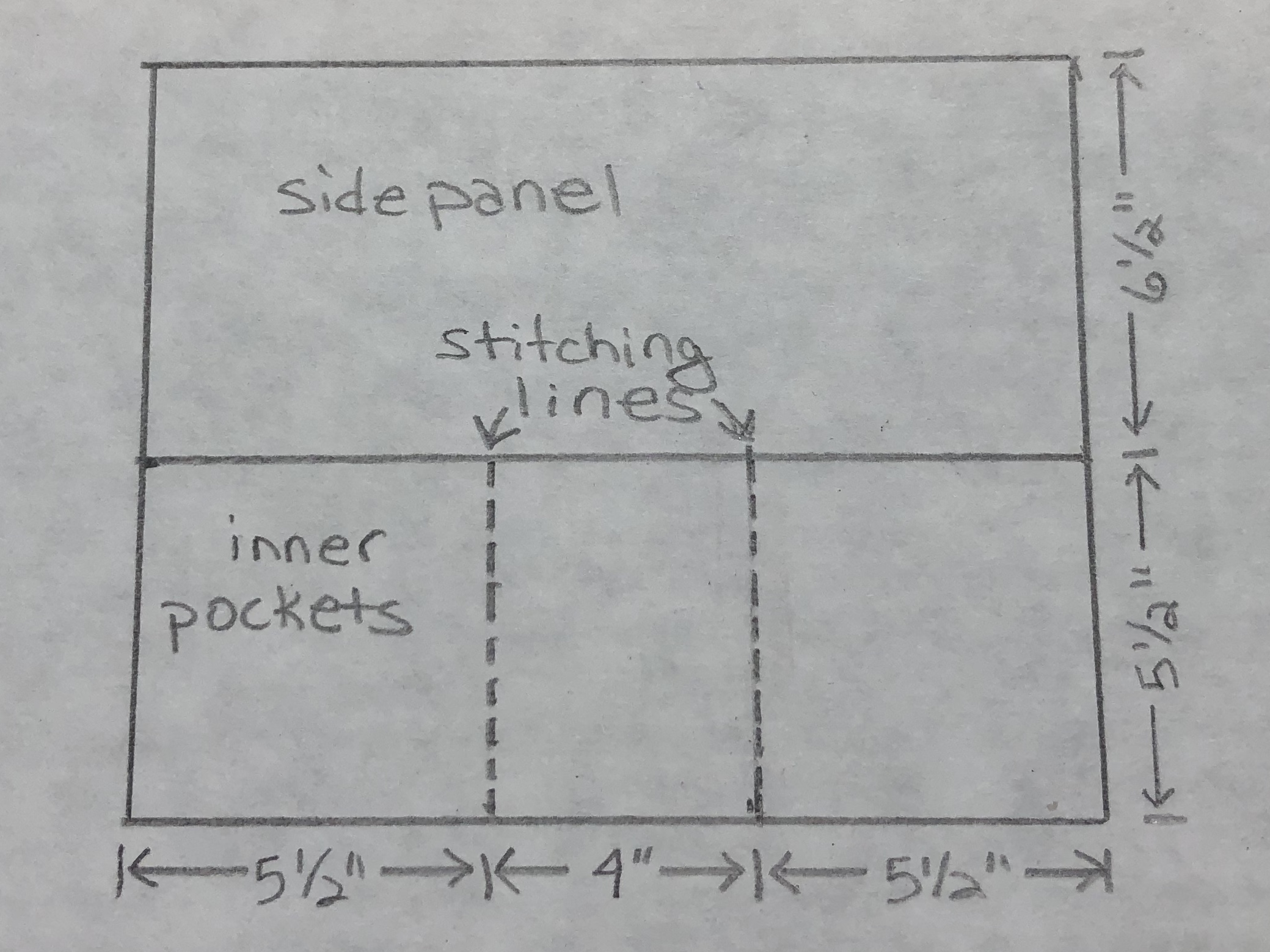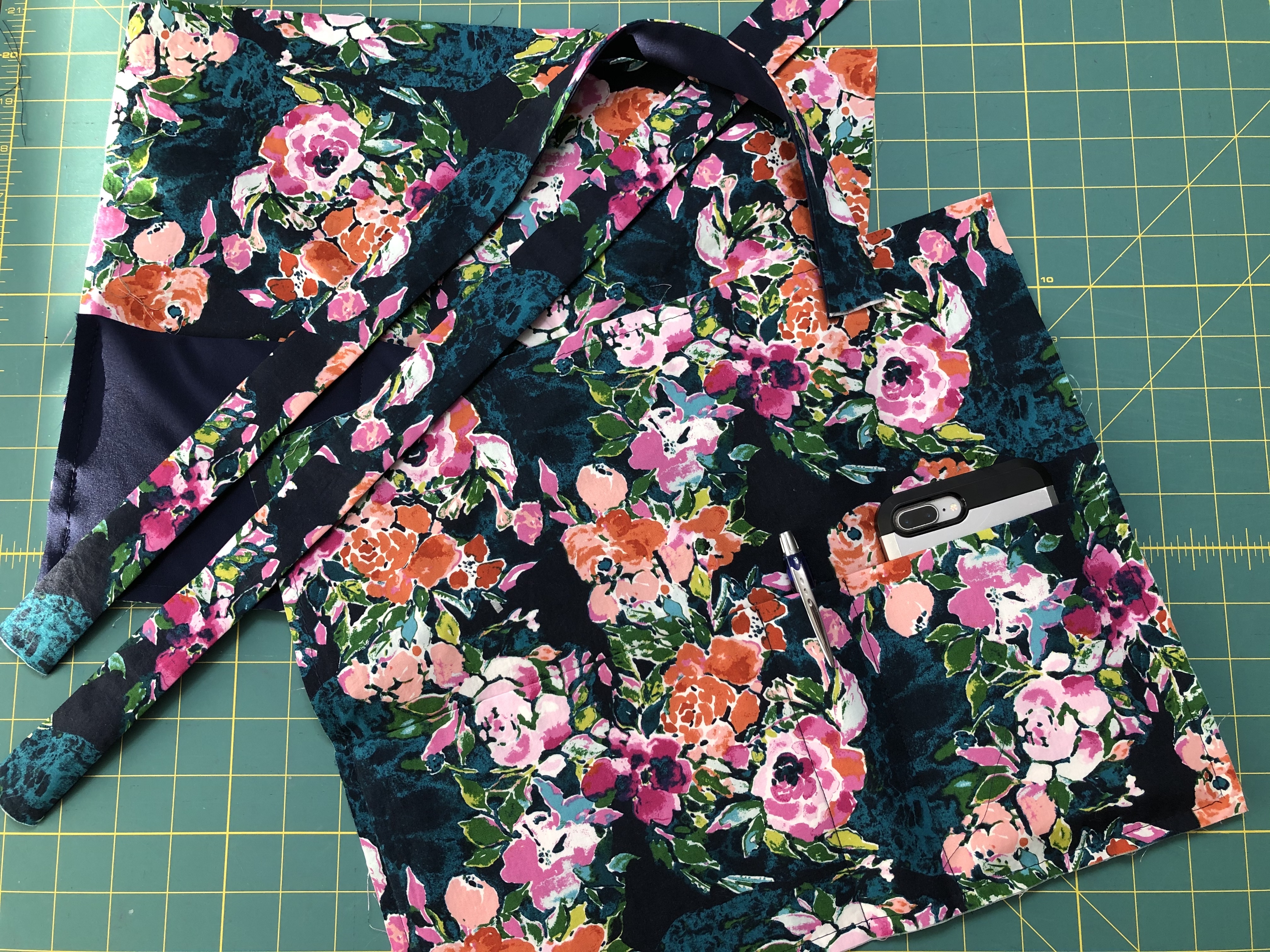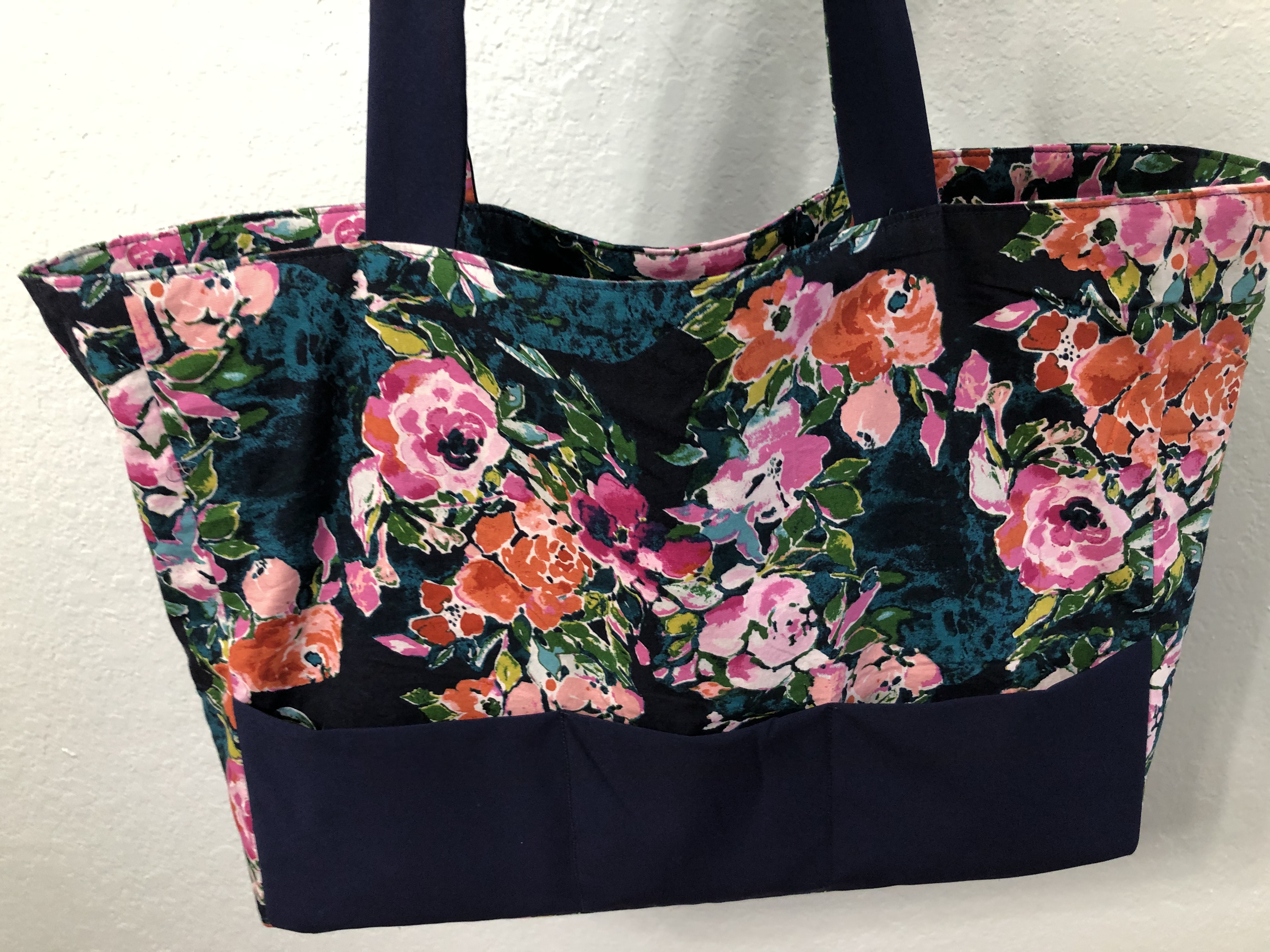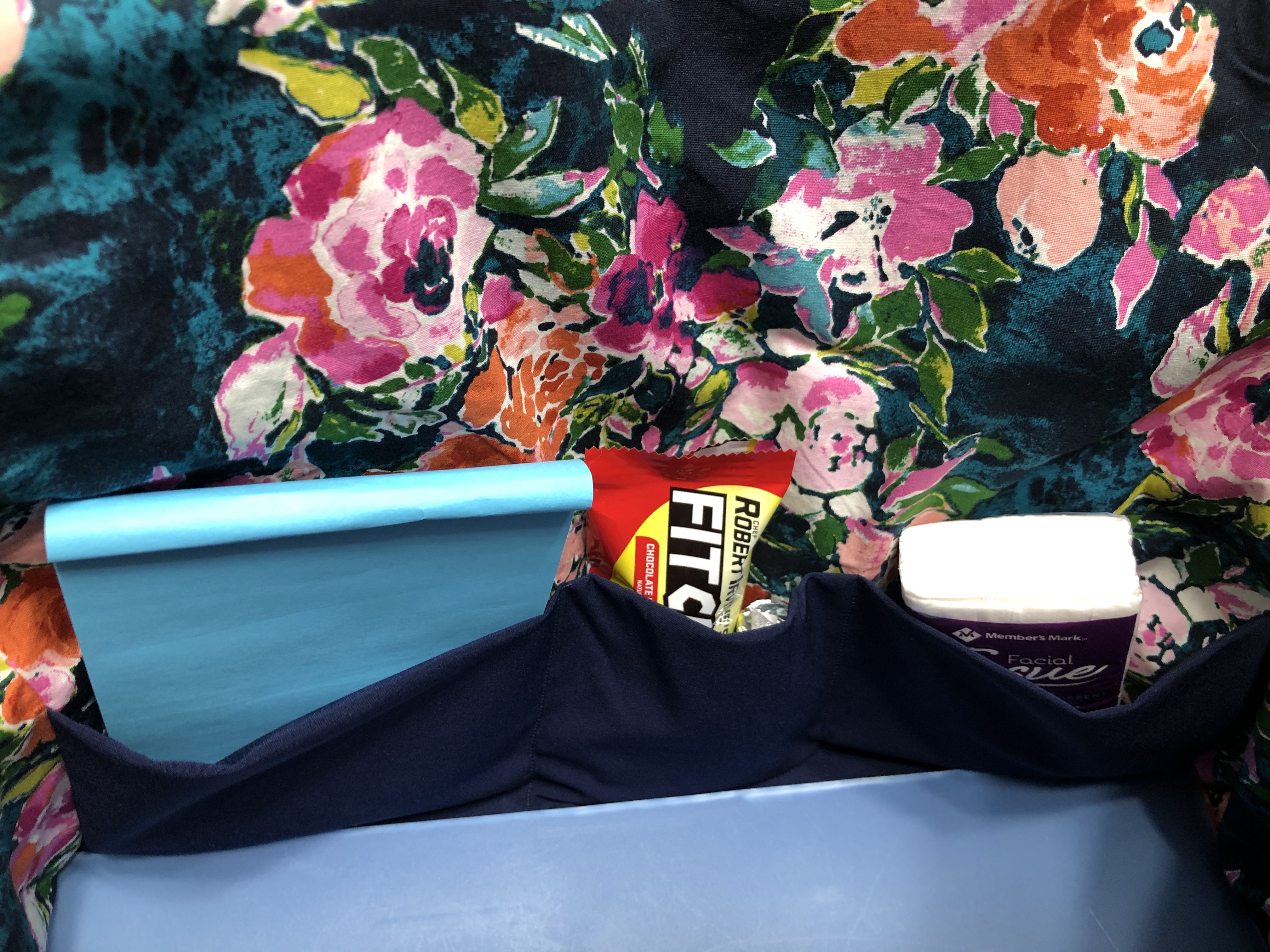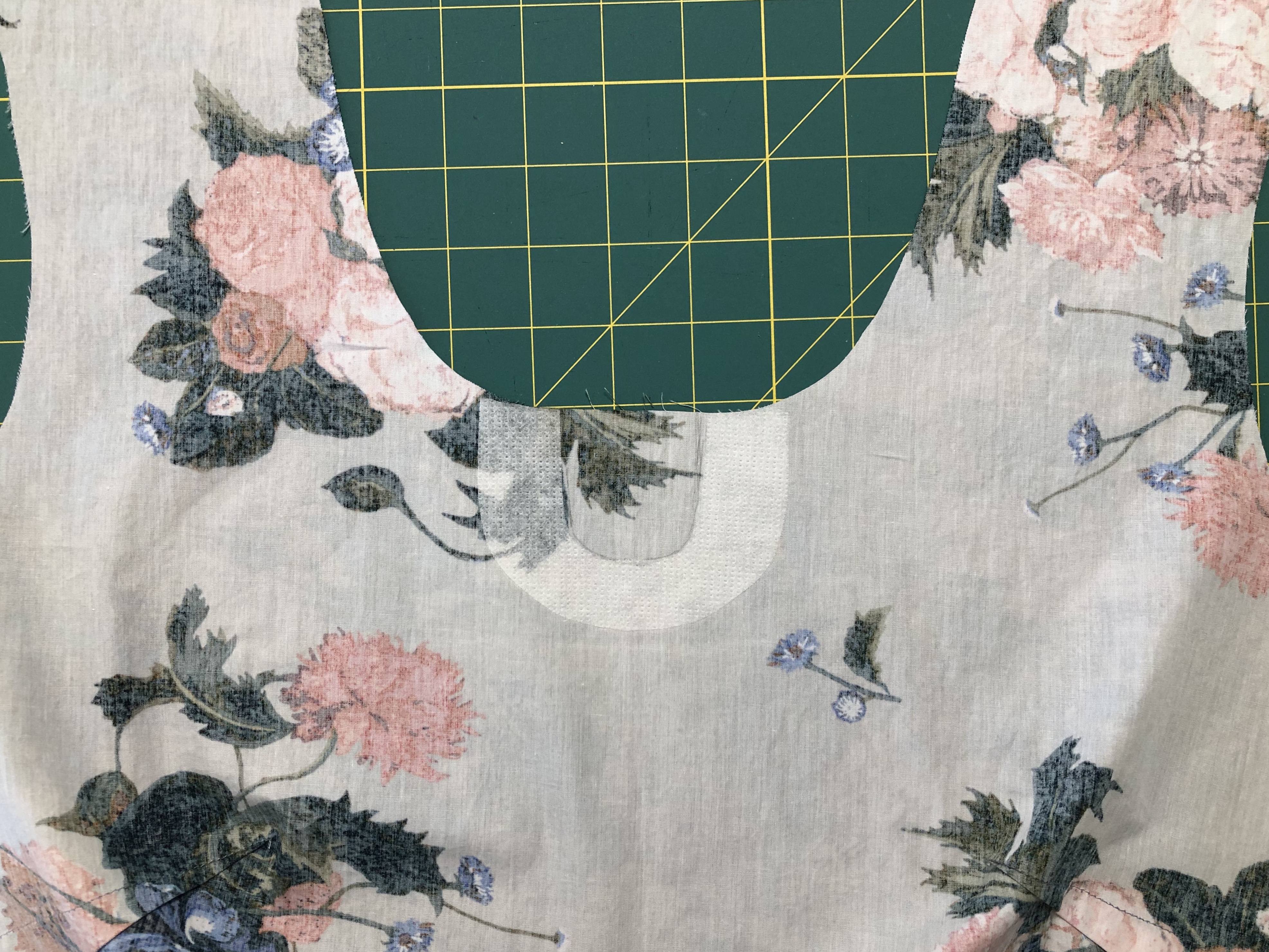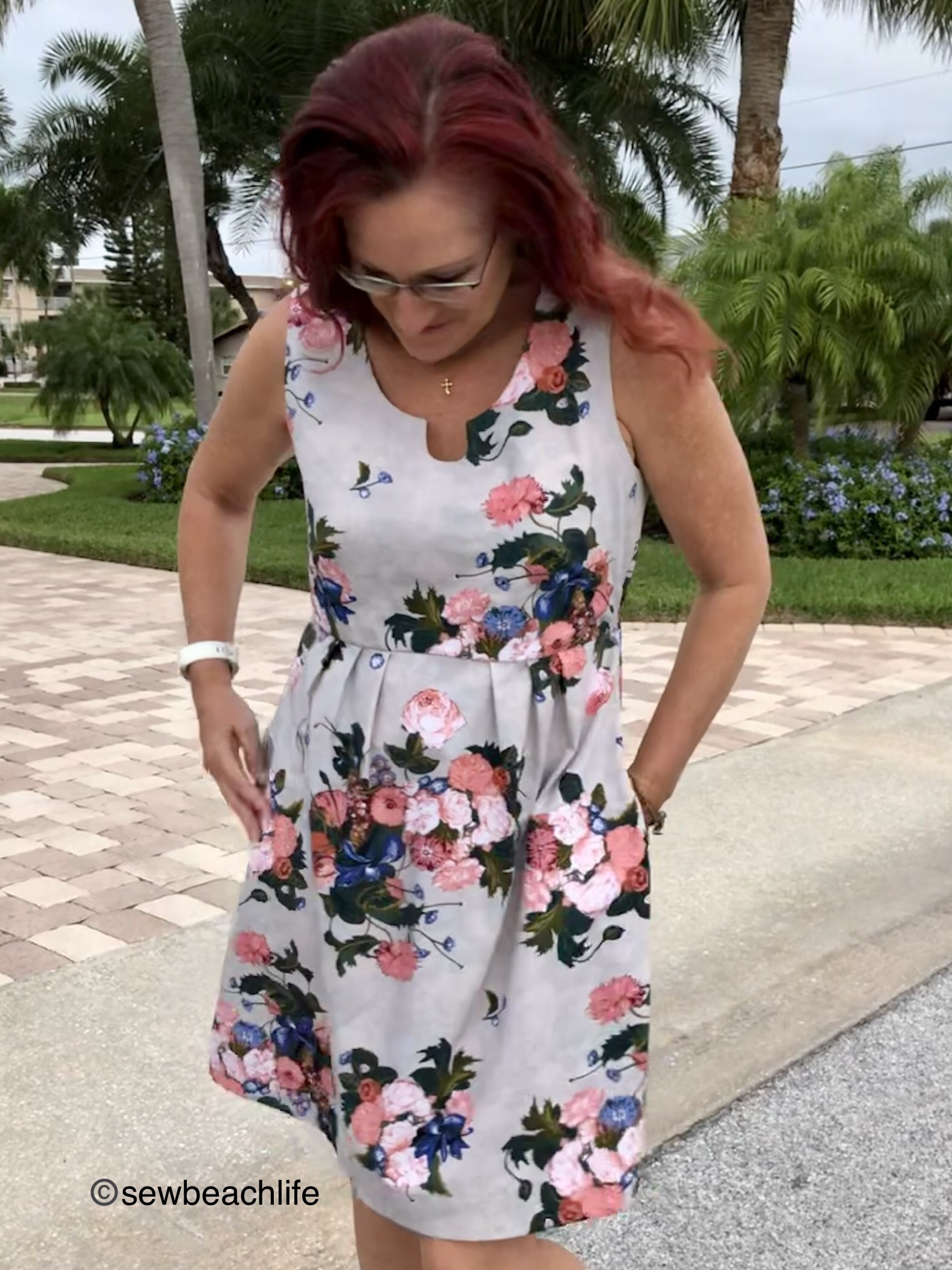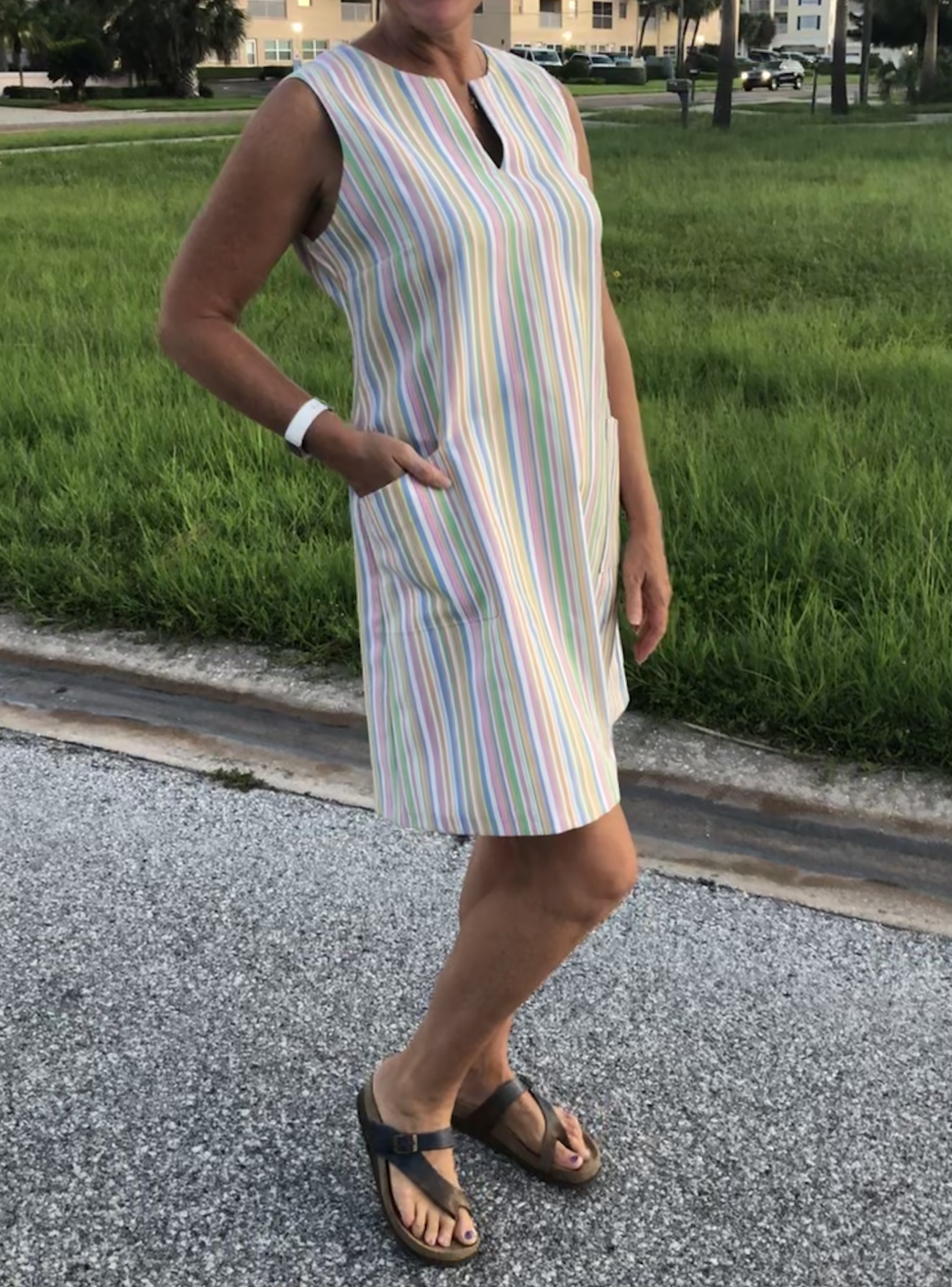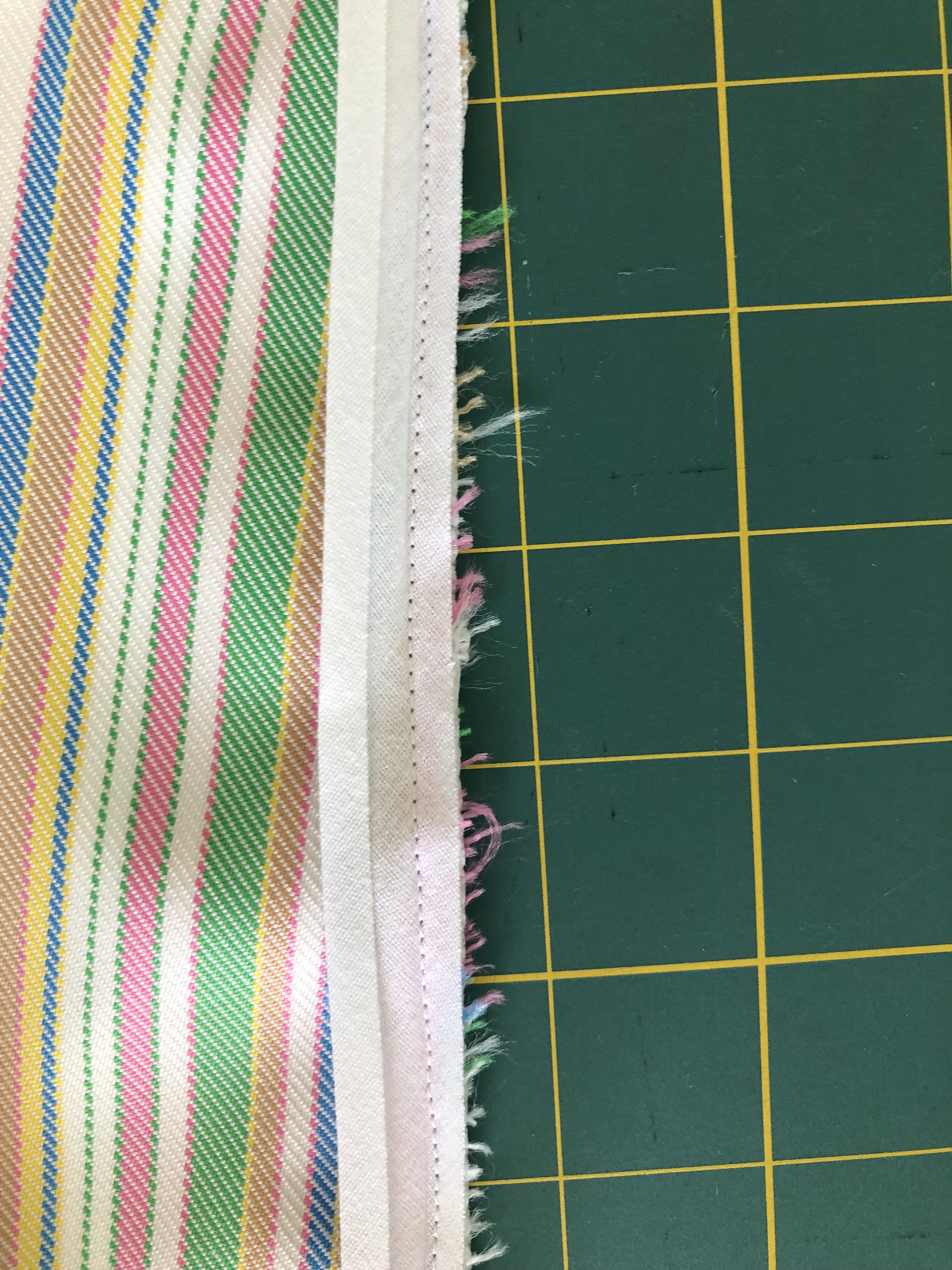I just can’t help but be drawn to pretty woven dresses. They are light and breezy in Florida’s heat, and the structure of woven dresses generally supports pockets. What’s not to love about that? The Love Notions Sonata Dress definitely caught my eye.
Well, there are a couple reasons I rarely seem to sew them. The first being that I much prefer sewing knits. Construction seems to go so much faster. 🙂 I can sew a pair of workout leggings with pockets, some kind of panel or shaping design, inner and outer waistband pieces, and a gusset much faster! But I think the main reason that I tend to skip over woven dress patterns is because I know that I’ll need to make pattern adjustments.
I am longer than average from shoulder to bust point, and I always need to lower the armscye on woven patterns. These are relatively common adjustments, and really aren’t that hard to make, they just take a little time. If you’ve ever tried on a top or dress, and noticed that the bust dart is above, or quite high on the bust, this fit issue may apply to you too.
The Sonata Dress pattern has cup sizes, which is what really drew me to it. Depending upon the block that pattern designers use, many pattern companies tend to design for an “average” B and sometimes C sewing cup size. They only seem to venture into a D cup in larger size patterns. But the Sonata includes a D sewing cup size, which is what I measured into according to their sizing chart. I love when size charts include upper and full bust measurements, because it’s so much easier to determine what size to make.
Your upper bust measurement tells you what size to make the shoulders of your dress. Have you ever made a dress according to your full bust measurement (which is sometimes the only bust measurement on a size chart) and had it seem too wide at the neck, perhaps showing your bra straps, and with the shoulder seam overhanging your shoulders? Using the upper bust measurement will help you choose the size that fits the frame of your body.
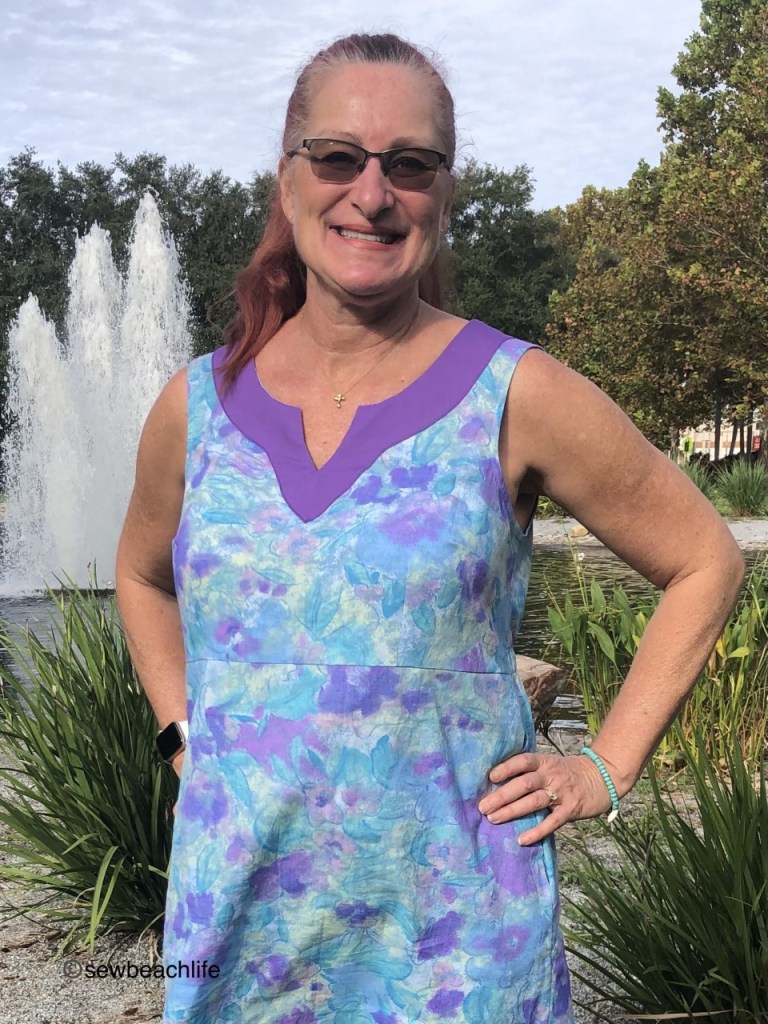
The pattern tutorial shows how to raise or lower the bust dart. I find it easiest to trace the front bodice pattern except for the side seam, and then slide the tracing paper up, keeping the edge of the tracing paper aligned with the center fold edge of the printed out pattern so that everything stays straight on grain. In order to know how far to slide it up, you need to measure from your shoulder (where the front and back seam intersect on top of the shoulder) to your bust point (generally the nipple area) wearing the bra that you plan to wear with the dress. Note that measurement (for instance 12″), and transfer the bust point to your traced pattern piece from the shoulder seam line (3/8″ away from the pattern edge) down that same measurement (ie: 12″). Slide your tracing paper up until your marked bust point aligns with the bust point marked on the printed pattern piece. Now you can trace the side seam and dart marking and it will be in the right spot for your body.
If patterns tend to cut into your armpit, you probably need to lower the armscye too. When I trace the lowered bust point and side seams, I need to trace the bottom half of the armscye too. Apparently I am average from armpit to waist, because if I try to stick with the original pattern armscye depth, and then trim away until it fits comfortably, guess what my trimmed away shape ends up being? EXACTLY matching the original pattern if I trace the bottom half of the armscye when I trace the lowered bust point. Gosh I would have saved myself a lot of time if I had just done that in the first place! 🙂

The elastic at the back waist makes the Sonata such an easy fit. It gives the dress some shaping even if your waist doesn’t really curve in all that much. 😉 I’ll admit that I kind of cheated when installing the elastic. After sewing the bodice and skirt back pieces together with a 1″ seam allowance, you’re supposed to stitch the casing to the bodice and run elastic through the casing. My “cheat” was to stitch the 1″ seam allowance, slip my elastic in between the two layers of fabric, and anchor the two ends with a zig zag stitch. Then stretching the elastic until it lay flat in the fabric, I pinned the center, then serged along the raw edge, keeping the fabric and enclosed elastic flat and even.
Then press the enclosed elastic seam up, stretch it flat and pin it in place. Coverstitch 7/8″ from the seam line, stitching the serged elastic edge in place. Tip: it will be easier to keep a straight line while coverstitching if you mark the line with chalk or a disappearing marker before adding the elastic.

Integrated side seam pockets are such a handy thing on a woven dress. Even when carrying a phone or car keys, your pocket doesn’t get pulled out of shape. Here’s my favorite tip for sewing side seam pockets with a serger: starting a couple of inches below the pocket, use your sewing machine to stitch up to the marked pivot point, and with the needle down, rotate the fabric and stitch around the pocket to the top pivot point. Keeping the needle down, rotate the fabric and continue stitching up the side of the skirt. Then snip the corners up to but not through the stitching line. Then when you serge the seam, you can easily straighten out the stitching line to finish the pocket edges.

A cute new dress with pockets? What’s not to love about that? I’m super happy that I took the time to adjust the fit and perfect the pattern so that I can make more Sonata dresses. The skirt length is a perfectly flattering above knee length. And it was totally worth the time to make matching bias tape so that my armscye finish looks as pretty as the rest of my dress.

After nearly burning my fingers while pressing my hand-made bias tape, I’m thinking it would be worth spending the money to buy a bias tape maker. So, here’s to more Sonata’s in my future!

The details:
My Love Notions Sonata Dress is sleeveless, but the pattern includes short, flutter, and bishop sleeves. The neckline facing can be sewn on the outside for a fun punch of contrasting color, or inside for a more invisible look.
The watercolor floral fabric is a vintage cotton from my stash. If I had to guess by looking at the colors and print, I’d have to say I probably bought it in the early ’90s to make a dress for my daughter. I made her a lot of dresses back then, but work probably got in the way of me making one out of this fabric. Which works out well for me now. 😉
The purple facing fabric was a scrap of Art Gallery Fabrics cotton purchased from Phee Fabrics.
Thank you for reading and sharing my love of creating, sewing, patterns, fabric, and making beautiful, well-fitting garments! ❤
